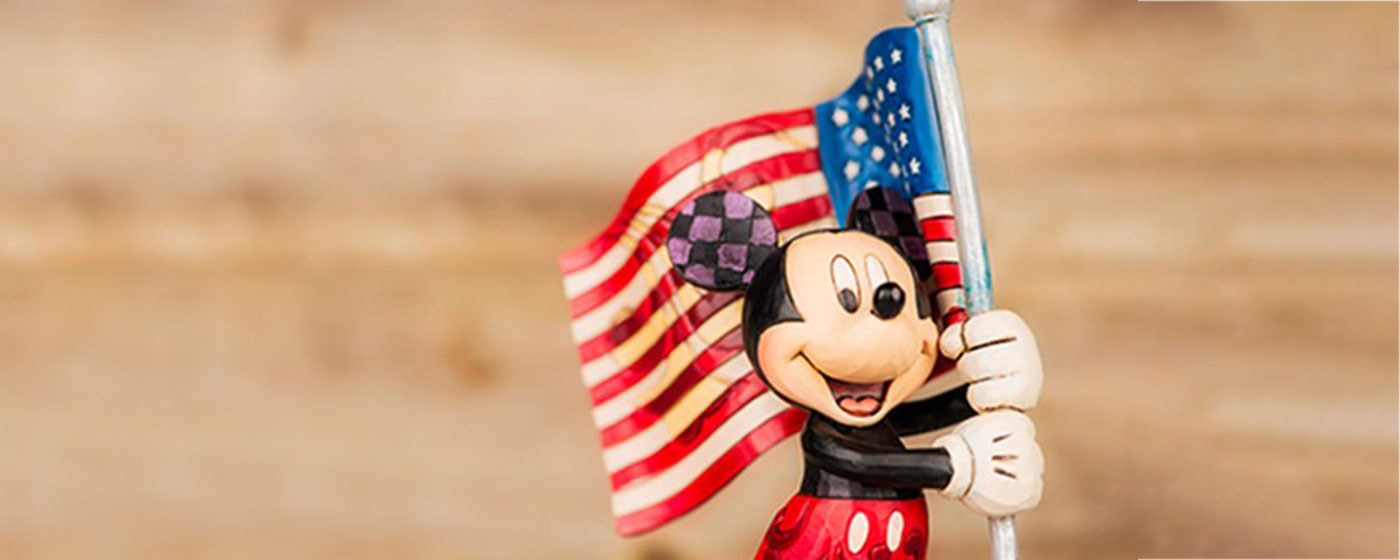
Would you trust Mickey Mouse to teach your kid English?
Most of us grew up with Mickey and Minnie Mouse. We learned some elements of romance from Lady and the Tramp and we were terrified about lying thanks to Pinocchio. Snow White and the Seven Dwarfs told us to help others and Bambi instilled a fear of hunting. No matter what Disney film you name, it isn’t hard to find an underlying moral message. The fact is we learned something about life from Disney. But feel-good moral messages set aside, would you consider Disney a reliable source for learning English?
Beyond motion pictures and amusement parks, in China, that is exactly how Disney is locally evolving – through Disney English learning centers. And the venture is successful. With expectations to continue growing, today there are 35 Disney English schools in nine cities across the country. But how did a multimedia company, best known for its robust blockbuster films end up in the language learning business? The move is not one of coincidence, and rather came out of unfortunate circumstances.
As mainstream as the company may seem, Disney hasn’t always been able to spread its wonderful world everywhere. Disney first appeared in China in the 1930s, but soon was forced out with the rise to power of Mao Zedong in 1949. He put a ban on Disney characters that lasted for 40 years. Such a ban left generations with limited exposure to Disney and at the same time, once lifted, forced Disney to enter the market with major roadblocks to sales in the form of government censorship and DVD piracy.
The Chinese government can require motion picture companies to edit out parts of films for release in China. It’s a hurdle that causes films to come late to market and gives DVD pirates an edge. In 2008 for example, the film industry in China earned roughly $1 billion, whereas the pirated DVD market brought in over $5 billion. Illegal piracy turns China into a market of extreme commoditization, and one where Disney’s motion pictures have little chance to actually benefit Disney.
Yet for any company, a tremendous opportunity exists in China with the rise of the middle class. Per capita disposable income has grown at an average annual rate of 8% since 1990. And, according to analysts’ predictions, in less than 15 years, the global share of the middle class population will be greater in China than in the USA. Rather than abandoning the ship to Chinese pirates, Disney studied the market and found distinctive cultural attributes that made a solid case for Disney English. Here are the three main findings of Disney’s research:
-
Cater to the “Little Emperors” A direct consequence to the “One Child Policy,” one of the most prominent cultural characteristics in China is the 4:2:1 Phenomenon. That is, 1 child will grow up and have to support 2 parents and 4 grandparents. Every child becomes the hope of the future and all investment is channeled for his/her success. But children are not coddled and spoiled. They are given a destiny to get into a good university, and the pressure to do so starts young with children spending evenings and weekends attending schools that go beyond basic required training. Disney English was able to tap into a golden opportunity by targeting young children. And, understanding the heavy routine undertaken by children, they found a way to make learning English an entertaining experience. Kids don’t come to learn, they come to have fun.
-
Red, white and blue all over Despite cultural differences, Chinese consumers sometimes enjoy products that are iconically American. US brands are highly sought after as they represent certain economic advancement, social mobility and personal freedom. The Chinese don’t go to Starbucks just for a coffee, they go for a lifestyle expression. Going to McDonald’s can be described as an event. There remains an insatiable appetite for all things American in China. Being Disney, it doesn’t get much more American than Mickey Mouse. The company knew they shouldn’t sway from the aspects that define them, but at the same time, understood that in order to succeed, drastic localization would be required. In developing Disney English, the company took measures to follow standards required by the Chinese education ministries and created material to reflect local fables and songs. But through it all, a Mickey statue is at the entrance of the language centers and a Mickey logo is carved into every chair.
- Because You’re Worth It The rapid rise of the middle class in China has resulted in the unprecedented rise of luxury good sales – everything from BMWs to Louis Vuitton handbags. Further, banks are adding fuel to consumption by offering more consumer credit. In 2007, Chinese consumers took on $34.2 million in credit compared to just $8.8 million in 2002. These were important points for Disney to consider in its pricing strategy. And with no dominant players in the industry, the company could charge a premium. A large amount of money in China, annual tuition for Disney English runs between $465 and $1,850.
Success in China doesn’t come easily. Disney English provides an example of a company that had to completely reinvent its business model and abandon the traditional route to revenue. While Disney’s research and experimentation in the market led to the three main findings above, these findings were unique to Disney’s business and capabilities. For newcomers to China, it will be necessary to analyze the market in relation to their company’s inner workings. However, don’t be afraid to imagine the impossible. After all, if Mickey Mouse can teach English, the possibilities may just be limitless.
Professor Stefan Michel is Director of IMD’s EMBA program and teaches in the BPSE program (Breakthrough Program for Senior Executives). For fast-rising, internationally experienced executives, IMD now offers two EMBA sessions per year.
Howard Yu is Professor of Strategic Management and Innovation at IMD and teaches in the BPSE program (Breakthrough Program for Senior Executives). His research focuses on how established companies can sustain profitable growth.
Research Information & Knowledge Hub for additional information on IMD publications
Last week, a notification flashed. “Add your email address for extra security,” my phone chirped. It was from WhatsApp. I stared at the screen, a single question forming in my mind: Security? Or surveillance? I tapped “No.” The feeling wasn’t ange...
Research Information & Knowledge Hub for additional information on IMD publications
Research Information & Knowledge Hub for additional information on IMD publications
Research Information & Knowledge Hub for additional information on IMD publications
in I by IMD
Research Information & Knowledge Hub for additional information on IMD publications
Research Information & Knowledge Hub for additional information on IMD publications
Research Information & Knowledge Hub for additional information on IMD publications
Research Information & Knowledge Hub for additional information on IMD publications
in I by IMD
Research Information & Knowledge Hub for additional information on IMD publications
Research Information & Knowledge Hub for additional information on IMD publications
Research Information & Knowledge Hub for additional information on IMD publications







